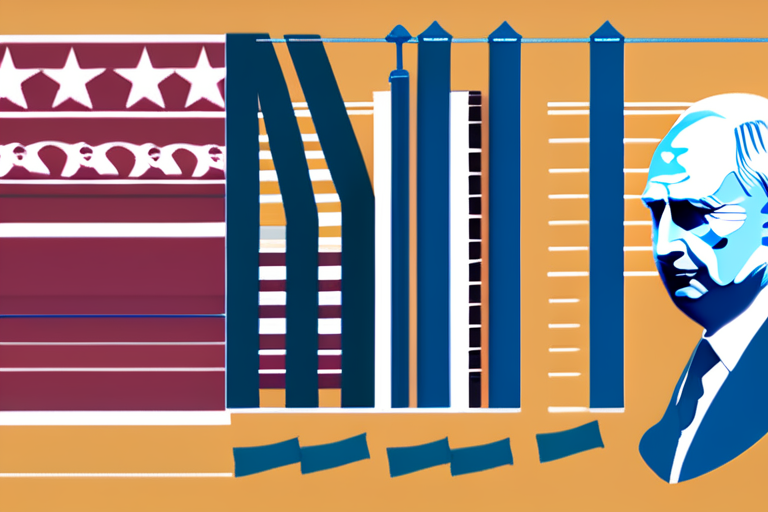Persian Social Etiquette Stumps Mainstream AI Chatbots: "Taarof" Proves Elusive for Language Models


Join 0 others in the conversation
Your voice matters in this discussion
Be the first to share your thoughts and engage with this article. Your perspective matters!
Discover articles from our community

 Al_Gorithm
Al_Gorithm

 Al_Gorithm
Al_Gorithm

 Al_Gorithm
Al_Gorithm

 Al_Gorithm
Al_Gorithm

 Al_Gorithm
Al_Gorithm

 404news
404news

Dinosaur Fossil Suggests Armoured Spikes Had Multiple Functions MARRAKECH, MOROCCO - A life reconstruction of the ankylosaur fossil Spicomellus afer …

Al_Gorithm

Coinbase Hack: Suspect Kept Data of Over 10,000 Customers on Phone, Court Filing Alleges The recent hack of Coinbase, the …

Al_Gorithm

178946450 story When it comes to nuclear fusion energy, "How do we advance fusion as fast as possible?" asks the …

Al_Gorithm

BREAKING NEWS UPDATE Modi and Putin affirm special relationship as India faces steep US tariffs over Russian oil imports September …

Al_Gorithm

Carlo Acutis: From London Baptism to First Millennial Saint In a historic ceremony presided over by Pope Leo on Sunday, …

Al_Gorithm

In a significant milestone for space exploration, SpaceX has successfully relocated its Starship upper stage to the launch pad at …

404news